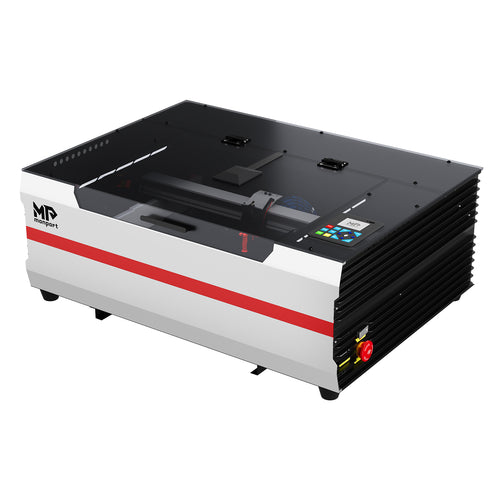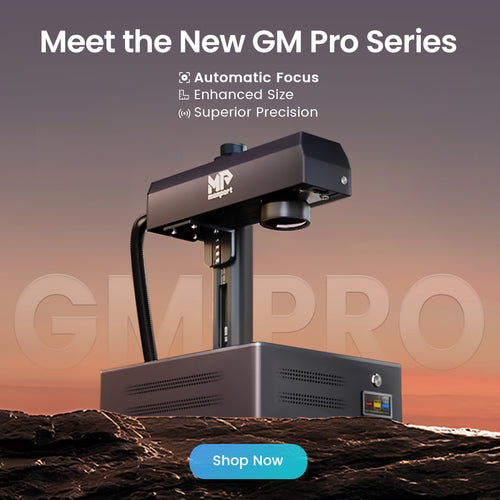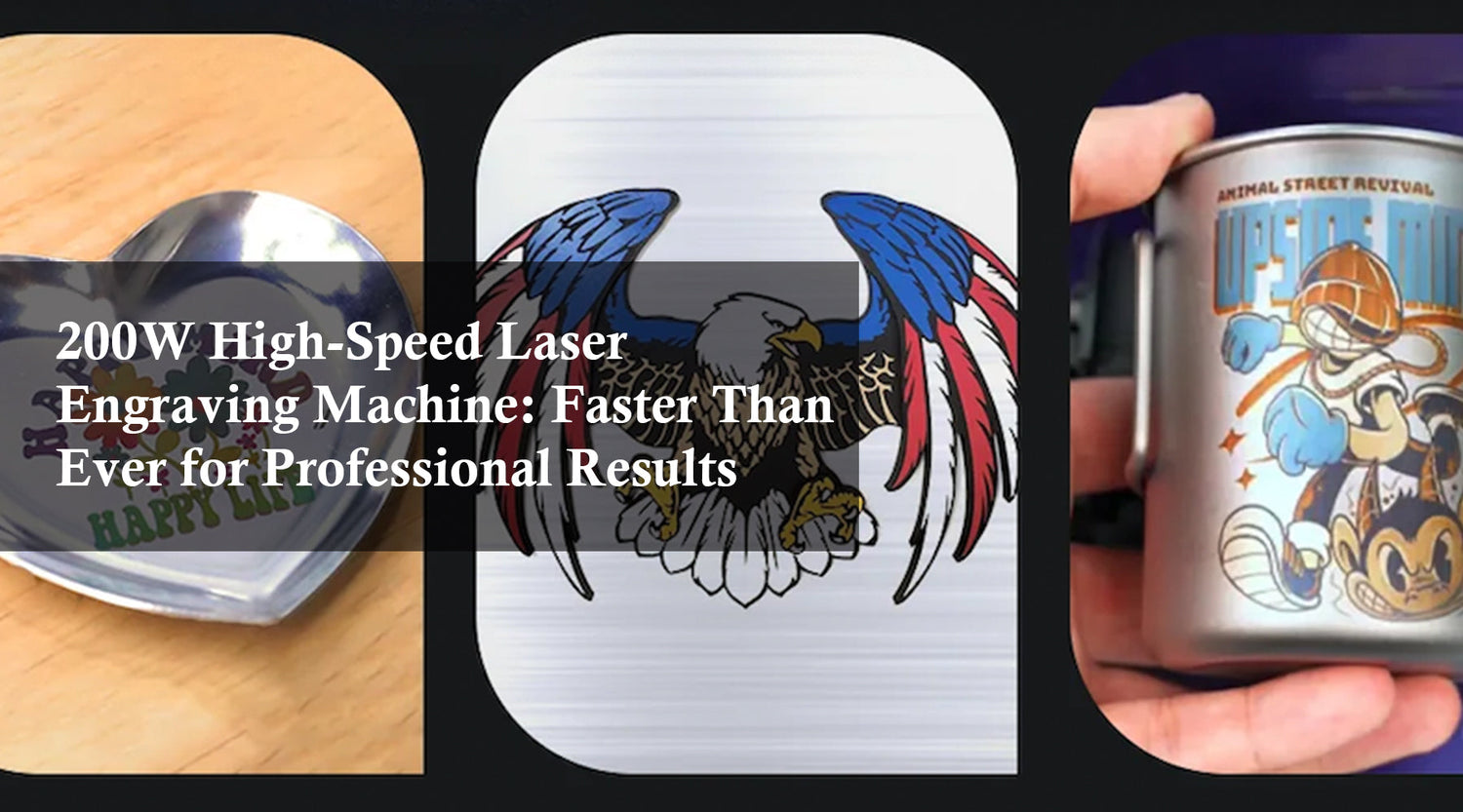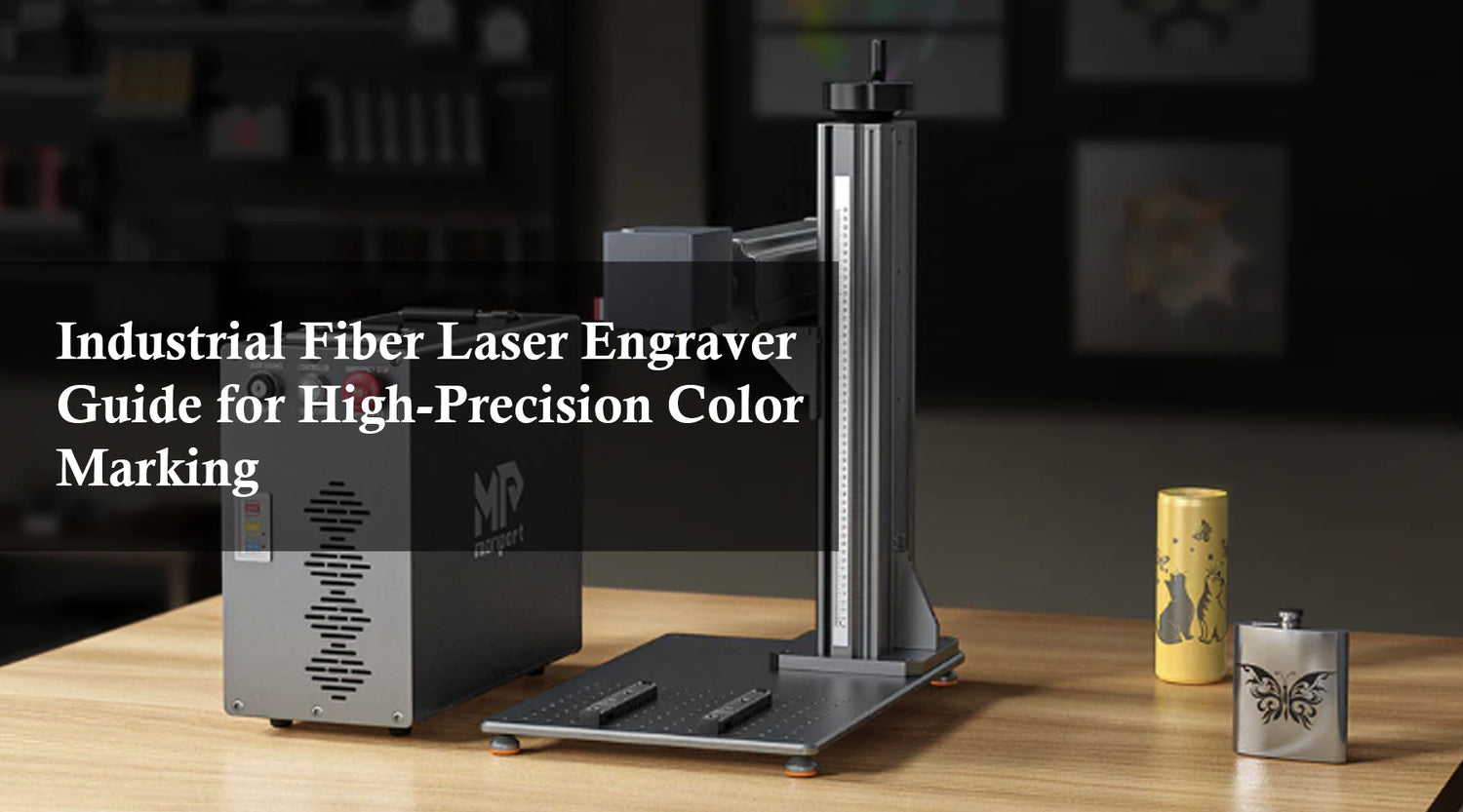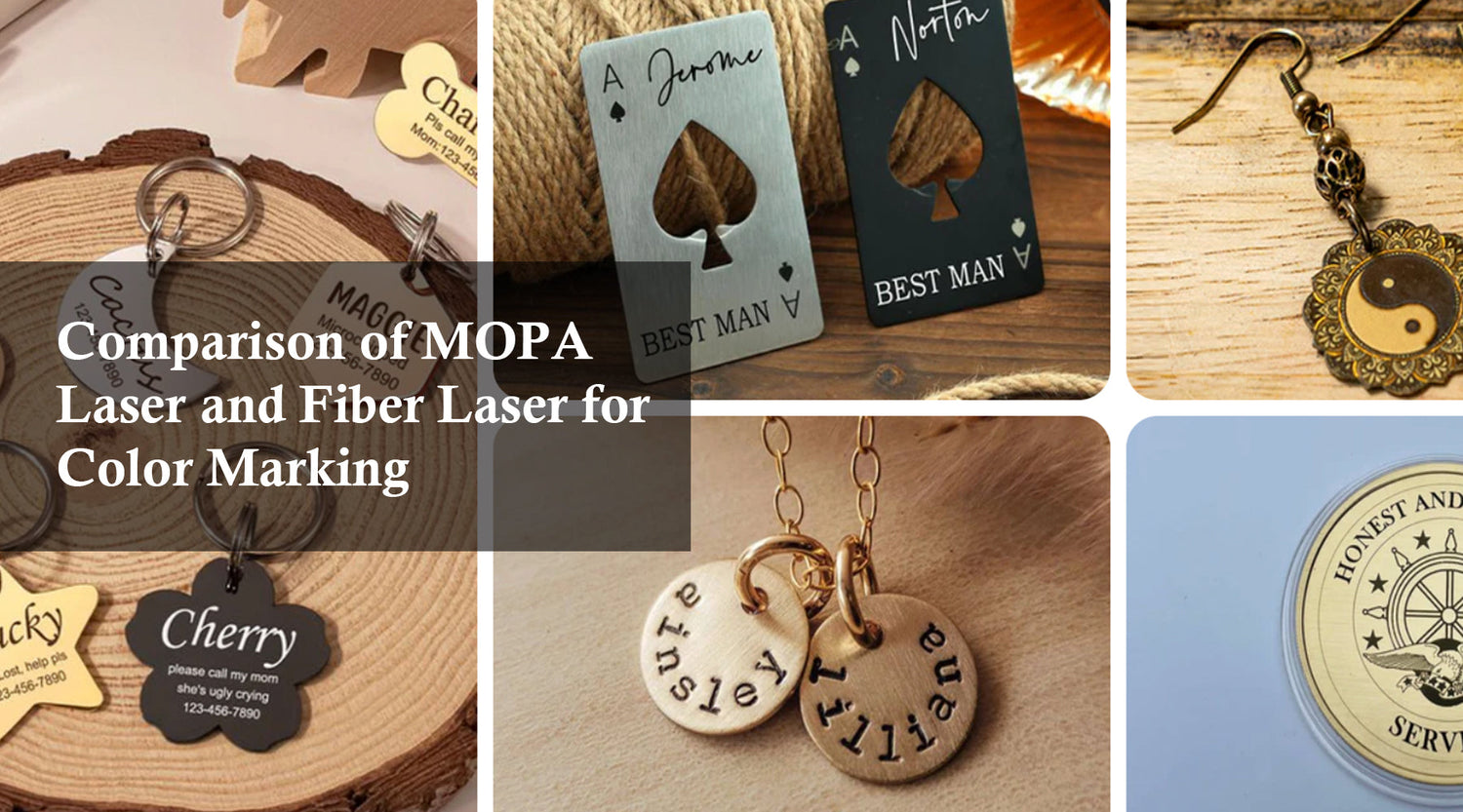Introduction
In the realm of crafting and manufacturing, the laser for wood engraving has emerged as a game-changer, offering precision, versatility, and speed. With the right equipment like the Monport 130W CO2 Laser Engraver & Cutter (55" x 35"), adorned with FDA approval, the possibilities seem limitless. Let's delve into the world of laser engraving materials, exploring their diversity, applications, and nuances.
Monport 130W CO2 Laser Engraver & Cutter (55" x 35") with FDA Approved
Unlock Big Savings at Monport Laser! Use code BESTMP10 at checkout for an exclusive discount – Click here to shop now!
ReadMore: Enjoy Wood Laser Engraving and Deep Laser Engraving Wood
Exploring Laser Engraving Materials
When it comes to laser engraving, the choice of materials is vast, each offering unique characteristics and opportunities. Whether you're working on wood laser engraving, acrylic signs, or metal nameplates, the Monport 130W CO2 laser delivers remarkable versatility and consistent results. Here's a comprehensive breakdown:

FAQs About Laser Engraving Materials
-
Can any material be laser engraved?
While many materials can be laser engraved, it's essential to consider their composition and safety. Materials like PVC emit toxic fumes when engraved, making them unsuitable. -
Do different laser engravers work better with specific materials?
Yes, the power and wavelength of the laser can affect its compatibility with certain materials. For instance, CO2 lasers are excellent for wood laser engraving and acrylic, while fiber lasers are better suited for metal. -
Can laser engraving damage certain materials?
Laser engraving can sometimes cause discoloration or burning on delicate materials like paper or certain fabrics. It's crucial to test settings beforehand to avoid damage.

Important Details to Consider
- Safety Measures: Always operate laser engraving equipment in a well-ventilated area and wear appropriate protective gear to minimize exposure to fumes and laser radiation.
- Material Thickness: Different materials have varying optimal thicknesses for engraving and cutting. Adjust settings accordingly for desired results.
- Surface Preparation: Ensure the surface of the material is clean and flat to achieve precise engraving and cutting outcomes.
- Post-Processing: Depending on the material, post-processing steps such as cleaning or applying protective coatings may be necessary to enhance the finished product.

Takeaways from Laser Engraving Materials
- Versatility: From delicate fabrics to robust metals and natural woods, laser engraving opens up a world of possibilities for creativity and customization.
- Precision: Laser technology allows for intricate designs and fine details, ensuring high-quality results with every engraving, especially evident in wood laser engraving projects.
- Efficiency: Compared to traditional methods, laser engraving offers faster production times and minimal material wastage, making it a cost-effective solution for various applications.

Conclusion
In the realm of laser engraving and cutting, the choice of materials plays a crucial role in determining the outcome of a project. Whether you're crafting intricate jewelry pieces, personalized gifts, or industrial components, understanding the characteristics and applications of different materials is essential for success. With the Monport 130W CO2 Laser Engraver & Cutter, equipped with FDA approval, artisans and manufacturers alike can unleash their creativity and bring their ideas to life with precision and efficiency. From metal etching to wood laser engraving, explore the possibilities, experiment with various materials, and elevate your craft with the power of laser technology.







